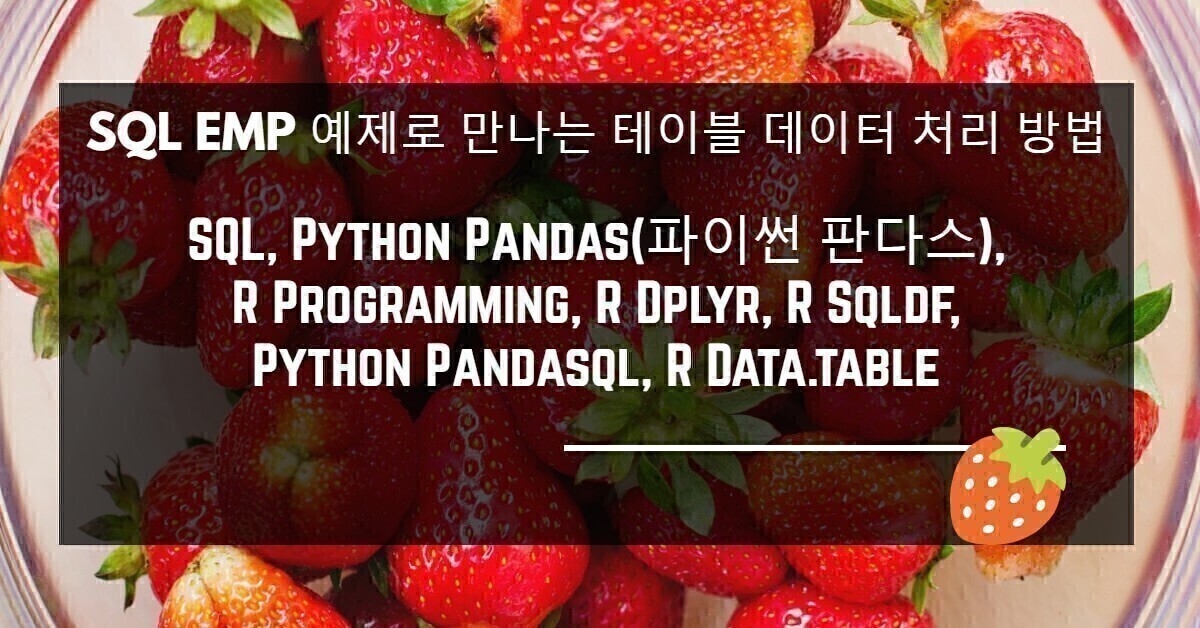포스팅 목차

|
Metacharacters |
Meaning |
Examples |
|
\ |
Indicates that the match character is a special character, a literal, or a backreference. (A backreference repeats the previous match.) |
\n matches the newline character \\ matches \ \( matches ( \) matches ) |
|
^ |
Matches the position at the start of the string. |
^A matches A if A is the first character in the string. |
|
$ |
Matches the position at the end of the string. |
$B matches B if B is the last character in the string. |
|
* |
Matches the preceding character zero or more times. |
ba*rk matches brk, bark, baark, and so on. |
|
+ |
Matches the preceding character one or more times. |
ba+rk matches bark, baark, and so on, but not brk. |
|
? |
Matches the preceding character zero or one time. |
ba?rk matches brk and bark only. |
|
{n} |
Matches a character exactly n times, where n is an integer. |
hob{2}it matches hobbit. |
|
{n,m} |
Matches a character at least n times and at most m times, where n and m are both integers. |
hob{2,3}it matches hobbit and hobbbit only. |
|
. |
Matches any single character except null. |
hob.it matches hobait, hobbit, and so on. |
|
(pattern) |
A subexpression that matches the specified pattern. You use subexpressions to build up complex regular expressions. You can access the individual matches, known as captures, from this type of subexpression. |
anatom(y|ies) matches anatomy and anatomies. |
|
x|y |
Matches x or y, where x and y are one or more characters. |
war|peace matches war or peace. |
|
[abc] |
Matches any of the enclosed characters. |
[ab]bc matches abc and bbc. |
|
[a-z] |
Matches any character in the specified range. |
[a-c]bc matches abc, bbc, and cbc. |
|
[: :] |
Specifies a character class and matches any character in that class. |
[:alphanum:] matches alphanumeric characters 0-9, A-Z, and a-z. [:alpha:] matches alphabetic characters A-Z and a-z. [:blank:] matches space or tab. [:digit:] matches digits 0-9. [:graph:] matches non-blank characters. [:lower:] matches lowercase alphabetic characters a-z. [:print:] is similar to [:graph:] except [:print:] includes the space character. [:punct:] matches punctuation characters .,”‘, and so on. [:space:] matches all whitespace characters. [:upper:] matches all uppercase alphabetic characters A-Z. [:xdigit:] matches characters permissible in a hexadecimal number 0-9, A-F, and a-f. |
|
[..] |
Matches one collation element, like a multicharacter element. |
No example. |
|
[==] |
Specifies equivalence classes. |
No example. |
|
\n |
This is a backreference to an earlier capture, where n is a positive integer. |
(.)\1 matches two consecutive identical characters. The (.) captures any single character except null, and the \1 repeats the capture, matching the same character again, therefore matching two consecutive identical characters. |
* 통계분석연구회 : http://cafe.daum.net/statsas
* 백승민홈페이지 : http://www.statwith.pe.kr
'오라클 게시판' 카테고리의 다른 글
| 10 Open Source ETL Tools (Techroba / datasciencecentral) (0) | 2018.11.01 |
|---|---|
| 정규표현식의 기본 문법 (0) | 2018.10.28 |
| 정규식 REGEXP_LIKE 함수 사용하기(Oracle 10g) (0) | 2018.10.28 |
| SQL튜닝 방법론(Science of DataBase) (0) | 2011.02.08 |
| Oracle Regular Expressions 완전정복(Open made ... (0) | 2011.01.02 |


댓글